It is a bit hard to do an Online Campaign Plan without having a template in place which helps you to keep things in order and to see the big picture. I am one of the guys who wants to put all the details in a document when possible and even have a complete presentation of the campaign. The S.M.A.R.T criteria is a basic thing you have to know when starting to think about your plan. You might wonder what it means, the letters come from Specific, Measurable, Attainable and Relevant.

What is your online campaign plan expected to have in it?
So, what is actually important to have in the document describing your online campaign plan? Well, people you present it to want to see:
– The Big Idea, what it is about and the creative side of it.
– How the campaign is integrated with the owned, paid and earned media. To make it easier to understand, a graphic can be used.
– The technical mechanism of the campaign.
– The user flow in the campaign
– The time-frame, for everything, from the planing to the implementation and running and to the follow-up.
– The budget which is necessary, for what it will be used and what you get for the money.
– The impact which the campaign will have on the company, on the sales or on their work.
– That the campaign is complying with the company brand guidelines
What the Online Campaign Plan actually has to have in it and how to start working on it
Now we know what they expect from us, but besides that, there are more things we should consider when building our online campaign plan. So I’ve created an Online Campaign Plan template which should speed up the process of creating, presenting and running the campaign. It also helps you to keep in mind some of the things that are mandatory for your plan.
What you have to do is to open a word document, copy paste the below in it and start completing it with the details. After you finish this document you can go ahead and do a PPT presentation with an overview of your full document.
I. Overall campaign presentation
1. Name of the campaign and creative concept
Here you will have to think what the best possible name and creative concept for your campaign would be. Is the campaign related to a product launch, type of customers or even an event? Get creative, write your ideas down and pick-up the best at the end.
2. Who is targeted by this campaign
It’s important to know who you are targeting with this campaign, are they current customers or future customers? Are they in a specific region, what are the demographics? Are they likely to buy your product or do they first need to be educated?
3. Mechanism of the campaign
How is the campaign mechanism? What platforms are you using to run the campaign? Is the target to have the users perform an action on your platform or also external platforms?
4. User flows, how he interacts and where
What are the journeys a user which get’s in your campaign going to have? What are the possible entry points and how is he going to interact with the campaign in different points?
5. Campaigns measurements systems
What tools are you going to use to measure how the campaign performs? How do you check the user’s journey and actions? What channel performed best and what is went different based on the entry point and source of the user entering the campaign?
6. Objectives (measurable with the system above)
What are the goals of the entire campaign? What do you want to achieve through this campaign?
II. Promoting the campaign
7. Points of promotion (Facebook, Twitter, G+, blogger relations, own websites, websites partnerships, affiliates, SEM, etc.)
Where are you going to advertise this campaign? Are you going to use your customer database, are you going to target new customers or both? What are the tactics used to attract users from the owned, paid and earned media? Are you going to use paid advertising?
8. Budget necessary for promotion and how it will be used
What is the cost for each channel? What is the total cost for promotion? What is be the impact on the overall campaign with, without or with a smaller budget?
III.Budget, Timeline and Objectives
9. Resources needed (internal resources, human resources, designs, mechanism implementation and others); who is doing what?
What is needed to have your campaign in place? How many people will work on the project and what will they do? What mechanisms will have to be developed? What designs and for what? What other materials will have to be bought or ordered? Who are the owners on specific activities?
10. Implementation timeline with details on each resource needed.
How does the timeline for the entire online campaign look like? When and what has to be done to keep the launch date for your campaign? How much time do you need for legal and financial approvals? How much time do you need for development? When are you going to start ads on each platform? How long would they be on?
11. Estimated ROI (sales, renewals, leads, likes, follows, downloads, visits, comments, interactions, tweets, other)
What are you going to get in return for your investment in this campaign? Get details based on earlier campaigns or based on estimators.
12. Total Budget necessary
What is the total of all expenses you will have with the campaign?
Keep in mind that your supervisor needs to understand what you plan to do and how you plan to do it. You and your team need a clear understanding of what they have to do.
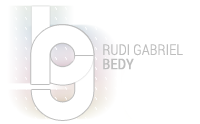
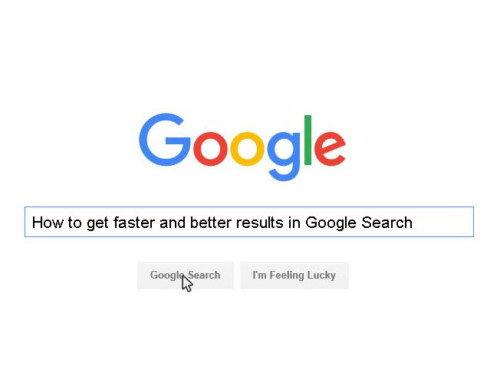
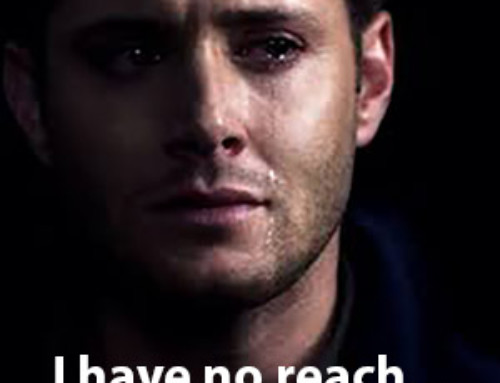
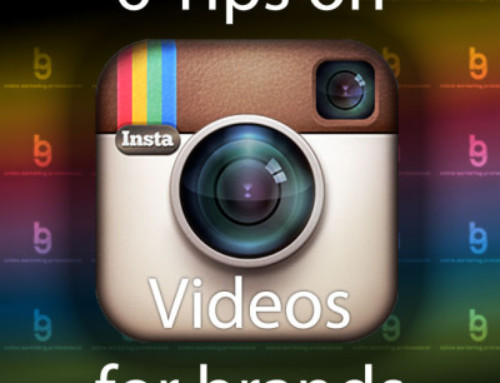
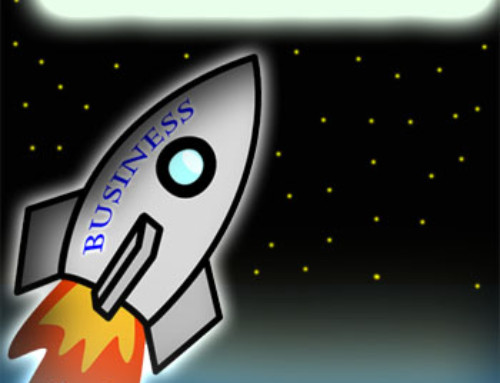
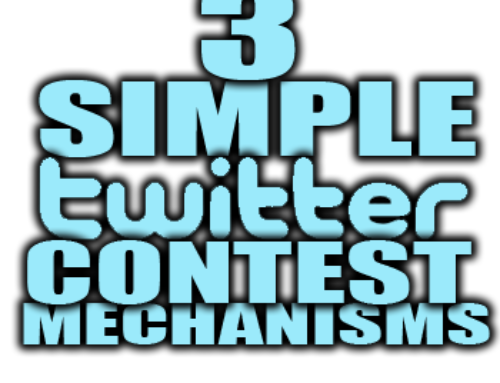
COVID-19 Took away my job last year then tried to invest in crypto unfortunately I lost my funds to this crypto company. But I was so happy to get investigators247 . com who got me back all my lost funds. They are so great